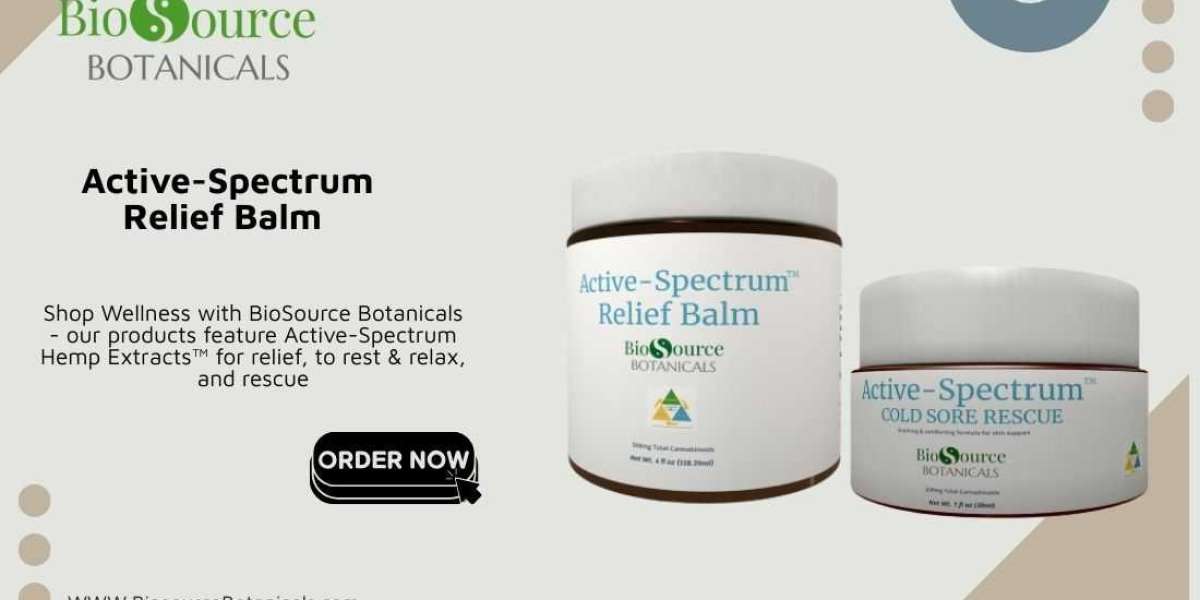Leather Care Products is a luxurious, durable, and timeless material used in everything from furniture and footwear to fashion accessories and car interiors. However, without proper care and treatment, even the finest leather can become cracked, faded, or brittle over time. Whether you're a leather enthusiast or a casual owner of leather goods, understanding the best treatment for leather is essential to ensure its longevity and beauty.
In this comprehensive guide by AskFormulator, we’ll explore expert-recommended leather treatment methods, Leather Care Products types, and how to maintain different leather types. By the end, you’ll know exactly how to care for your leather—naturally and effectively.
Leather Needs Treatment
Leather is made from animal hides, which are tanned and processed to create the finished product. Despite its strength, leather is a natural material that breathes and absorbs moisture. Over time, exposure to sunlight, heat, humidity, and even body oils can deteriorate leather.
Common Leather Issues
Drying and cracking
Fading color
Loss of flexibility
Stains and water spots
Mold or mildew buildup
This is where treatment comes in—not just for cleaning, but for nourishing and protecting the leather to preserve its look and function.
Types of Leather and Their Treatment Needs
Not all leather is created equal. Each type requires a slightly different approach to cleaning and conditioning.
Leather Type | Characteristics | Recommended Treatment |
Full-Grain Leather | Highest quality, natural imperfections | Regular conditioning, minimal cleaning |
Top-Grain Leather | Sanded for uniformity | Conditioner + UV protectant |
Genuine Leather | Lower grade, bonded leather layers | Conditioning every 2–3 months |
Nubuck | Sanded surface like suede, delicate feel | Special nubuck cleaner + protectant |
Suede | Soft, porous, prone to stains | Brush + suede protector spray |
Patent Leather | Coated with gloss finish | Wipe with damp cloth + polish |
“Leather is a canvas that tells the story of its care. Treat it well, and it will last a lifetime.” – Unknown
The Best Treatments for Leather
Leather Cleaner
Before applying any treatment, the leather must be clean. Use a pH-balanced, gentle cleaner to remove dirt and grime. Avoid harsh soaps or ammonia-based products.
Use a microfiber cloth and test the cleaner on a small, hidden area first.
Leather Conditioner
Conditioning restores the leather’s natural oils, keeping it supple and preventing cracks.
Key Ingredients to Look For
Lanolin Natural fat that moisturizes without greasiness
Beeswax Adds a protective layer
Aloe Vera Soothes and conditions naturally
Neatsfoot Oil Deep conditioner, ideal for work boots and saddles
Apply conditioner every 3–6 months, depending on the climate and usage.
Leather Protector Spray
Protectors create a water- and stain-repellent barrier on the leather. These are especially important for items exposed to rain or spills, such as handbags and jackets.
Look for non-silicone-based protectants, as they are breathable and safer for long-term leather health.
UV Protection Creams
If your leather goods are exposed to sunlight (like car interiors or outdoor furniture), a UV protection treatment is essential to prevent fading and drying.
Specialized Products
Some leather types like nubuck or suede need dedicated products. These usually include foam cleaners, sprays, and soft-bristled brushes.
Natural Home Remedies
For those who prefer natural solutions, several household items can also help treat leather.
Homemade Leather Conditioner Recipe
part white vinegar
parts linseed or olive oil
Mix and apply with a soft cloth in circular motions
Let it sit overnight, then buff with a dry cloth
Mistakes to Avoid When Treating Leather
Over-conditioning Leads to build-up and tackiness. Stick to the recommended schedule.
Using baby wipes or household cleaners These can strip the leather’s natural oils.
Exposing wet leather to heat Always air dry naturally.
Skipping patch testing Always test products before full application.
Ignoring stitching and hardware Clean these areas too, as they can deteriorate and cause damage.
Best Leather Treatment Brands
While DIY solutions are effective, premium leather care products offer superior performance. At AskFormulator, we believe in blending science and sustainability to develop custom solutions. Some industry-trusted products include.
Lexol Leather Conditioner pH-balanced and non-greasy
Chamberlain’s Leather Milk Made from natural ingredients
Leather Honey Deep conditioning for all leather types
Obenauf’s Heavy Duty LP Great for boots and outdoor gear
But remember, the best treatment depends on your leather type, lifestyle, and environment. That’s why AskFormulator offers tailored advice and product formulation based on your unique needs.
Conclusion
There’s no one-size-fits-all answer. However, the golden rule is simple: clean regularly, condition periodically, and protect consistently. This triad will ensure your leather remains as beautiful and functional as the day you bought it.
With the right care, leather isn’t just a material—it becomes a legacy. Whether it's a vintage jacket, a designer bag, or a well-loved armchair, proper treatment keeps the story alive.






